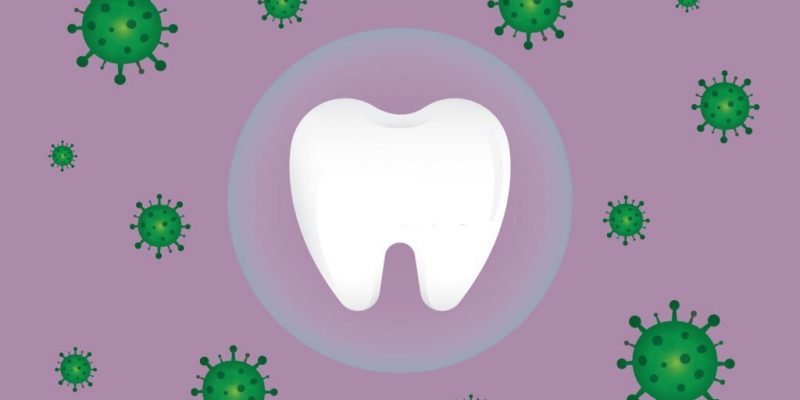Cavities are caused when the dental enamel, the outer layer of the tooth, is eaten away by acid. But where does this acid come from? It is not found in anything you eat or drink. Instead, it is created by some of the bacteria in your mouth. While some of these bacteria are beneficial, some are not. When those bacteria consume foods stuck on your teeth, they can create acids that eat away at the enamel.
What Creates This Acid?
Some of it gets stuck on your teeth when you eat or drink anything. Your saliva does a good job at washing away this debris, but it cannot always wash it all away. That is where brushing and flossing come in. These two tasks help eliminate anything stuck on your teeth so that bacteria cannot consume it.
In most cases, bacteria are not interested in the foods left behind. However, they will consume anything in the debris that is sugar. Once they do, they begin producing acid that eats away at your enamel. This will break down the enamel, leaving the inner part of the tooth exposed. If left unchecked, the acid will eventually eat into the pulp. This can cause significant pain and may require a root canal or even an extraction.
How Do You Stop This Acid?
There are a few different things you can do to lower or eliminate the amount of acid attacking your teeth. First, reduce the amount of sugary foods you eat. Without sugar, bacteria cannot create acid. While you will always get a little sugar because it is naturally found in many foods, you can avoid anything with added or artificial sugars. You can also brush and floss regularly. This gets rid of any sugar stuck on your teeth. Using mouthwash or rinsing your mouth with water helps your saliva remove debris. Finally, of course, always come in to see us every six months so we can give you a deep cleaning.

